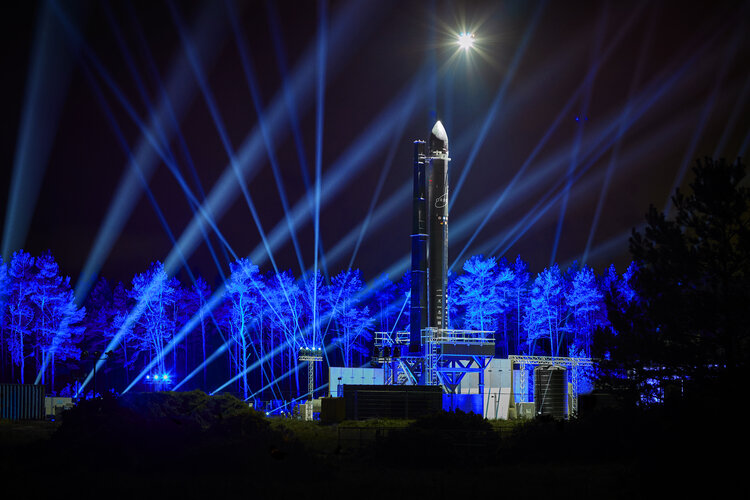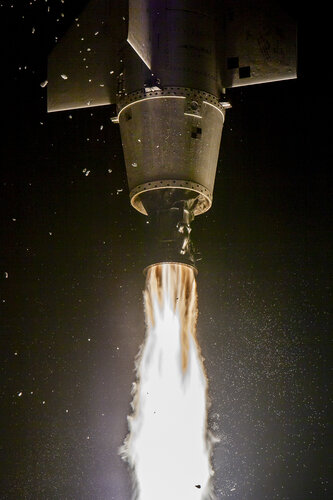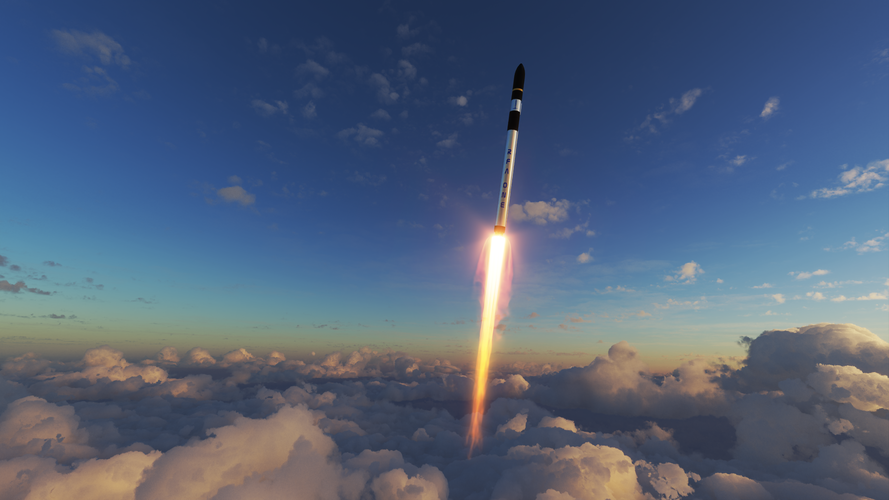European Launcher Challenge
Updated on 26 November 2025.
The European Launcher Challenge is the European Space Agency’s (ESA) initiative focused on expanding European launch service supply and therefore ensuring greater robustness in Europe’s access to space. Through the European Launcher Challenge, ESA will become a customer of newly developed commercial launch services, encouraging competition in the European space sector.
Objectives
For over four decades, ESA has been providing Europe with autonomous access to space through the Ariane and Vega launcher families. The Ariane and the Vega families will continue to launch and evolve, but the space ecosystem is continuously growing, requiring more choice and diversity in launch services on offer. More choice and diversity comes with increased competition, aiming to lower the cost of access to space.
ESA launched the European Launcher Challenge to:
- encourage competition among European launch providers;
- promote a diverse ecosystem for space access;
- support the development of innovative and cost-effective launch solutions;
- enhance Europe's autonomy in space transportation.
The main goal of the European Launcher Challenge is to strengthen Europe's position in the global space market and ensure sustainable and competitive access to space to European and worldwide customers.
Timeline

- November 2023: ESA Council announces European Launcher Challenge in Seville, Spain;
- June 2024: Request for Information issued to Challengers;
- March 2025: European Launcher Challenge open for proposals;
- Summer 2025: Selection of Challengers;
- November 2025: European Launcher Challenge funding decided at ESA Council of Ministers;
- 2026: European Launcher Challenge frame contract signature;
- 2027 at latest: First successful orbital launch to be demonstrated by companies to confirm selection under the European Launcher Challenge;
How the European Launcher Challenge works
The European Launcher Challenge leverages on the launch service solutions offered by new European companies that are commercially designing, building and operating launch systems to take Europe’s satellites to orbit. While ESA has been supporting the development of these launch systems since 2019 through the Boost! programme, thanks to the European Launcher Challenge, ESA will now become a customer for these new launch services for the Agency’s own missions – helping successful companies to further evolve their launch systems and improve their services and offer even more capacity to customers.
As a first step, the European Launcher Challenge requires the selected launch service providers to successfully achieve an orbital launch no later than 2027. This is a critical milestone for the Challengers, demonstrating what the new services can deliver.
In a second step, following the successful orbital launch, ESA will commit to the procurement of launch services from a Challenger for ESA missions. Those missions are expected to be launched by 2030 at the latest.
In a third step, the European Launcher Challenge requires the Challengers to demonstrate a capacity upgrade of the launch services offered through an orbital flight no later than 2028. This capacity demonstration includes an upgrade to the service not previously achieved by the Challenger.
A new role for ESA
With privately-led launch services, ESA’s involvement as organization shifts from design authority and procurement to customer providing funding and stability without defining service characteristics and performances.
ESA targets €169 million per Challenger, covering all activities under the European Launcher Challenge programme. For launch services procured through the European Launcher Challenge, the programme will provide for a contribution of up to 25% of the launch service price. The capacity upgrade demonstration will be co-funded by the European Launcher Challenge, requiring private co-funding of at least 40% of the cost.
Who is taking up the challenge?
Any European launch service provider can take part as long as the launch vehicles are built in ESA or EU member states and launched from European territory.
Small and medium launchers taking payloads weighing a few hundred kilograms to low Earth orbits or polar orbits are foreseen, with heavy launchers a possibility in the future.
Five Challengers have been preselected to move forward following the completion of the first stage of the ESA invitation to tender for the European Launcher Challenge:
Now, the European Space Agency is consolidating the proposals for the ESA Council at ministerial level known as CM25 that will take place in November 2025.












